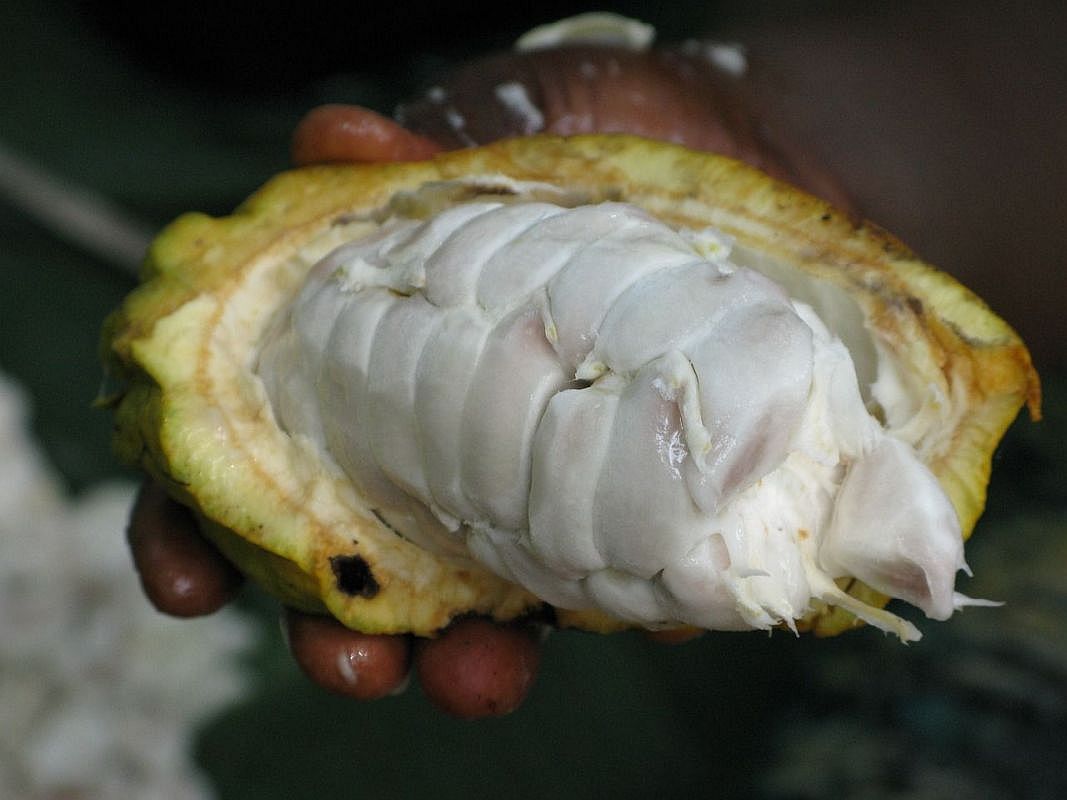
When most people think of fermentation, they think of fruits rich in sugar, or of potatoes or other starches. In most cases, they are thinking in terms of alcoholic beverages, Grog!
But it is not limited alcoholic beverages. For instance, did you know sauerkraut, coffee and chocolate are made utilizing fermentation?
Let’s Define Fermentation
When yeast converts sugar, it yields alcohol plus carbon dioxide gas. When yeast is used to bake bread, the alcohol and the gas cause the bread to rise. But alcohol in beverages, involves no cooking. The alcohol must be “disposed of” in a different way!
Now yeast is a budding, single-cell fungus. So fungus can serve a useful purpose.
And what about sauerkraut?1 The fermentation of sauerkraut is a little different. It involves lacto-fermentation, utilizing primarily Lactobacillus bacteria strains. This fermentation produces lactic acid. This imparts an acid taste. Lacto-fermentation is not limited to sauerkraut.
An interesting benefit of lacto-fermentation is that the lactic acid lowers pH, which prevents the growth of undesirable bacteria.
Coffee Fermentation

The fermentation in coffee is a bit more complex. It employs yeast, bacteria, AND mold. The fermented substance is mucilage. So, what is mucilage?
Mucilage is a gooey, sugar-containing, sticky substance found in certain plants and microorganisms. Are you familiar with mucilage glue? Or with Metamucil™? This product is derived from the mucilaginous psyllium plant.
However, the question arises: Since whole coffee beans can be bought in stores, how is it coffee is a fermented beverage? Well, the bean itself is not fermented. The pulp surrounding the bean is. Of course, the beans are cleaned of pulp afterward. But the surface of each bean has been affected. This is one processing factor that gives coffee its unique flavor and aroma.

Chocolate
The formation of chocolate has to be one of the most complex processes of the food world. It involves fermenting the mucilage, but in addition, the bean itself. It involves the harvesting and the preparation.

A full range of yeast, bacteria, and mold contributes to the process, though at different times during the process. Also, temperature plays an important role. A superb article on chocolate fermentation is listed in the references section.
You will undoubtedly find the following 6-minute video enlightening. However, if you are truly a lover of chocolate, you will also find it fascinating.
In Conclusion
Chemistry and biology, health and food processes go hand-in-hand. To illustrate, what is bad in one context is good in another. Medicines heal, yet most powerful medicines are poisons. They must be administered in milligram quantities, even microgram quantities.
Mold and ferment can ruin food items for general use. Milk sours. Bread molds. Yet applied in special cases, it can actually improve flavor and can aid nutrition (e.g., probiotics).
So it is: Who wants to give up hot dogs and sauerkraut? the morning cup of coffee? a thick chocolate bar? a glass of port after dinner? Fermentation is one tool to improve Mankind’s quality of life.
1 The process involving sauerkraut applies as well to the Korean kimchi.
Note: You might also enjoy What is Grappa?
References:
- Extension Service, Oregon State University: Lacto-fermentation
- Science Direct: Coffee fermentation and biodata
- San Mateo County Community College: The Microbiology of Chocolate by Christine L. Case Ed.D.
